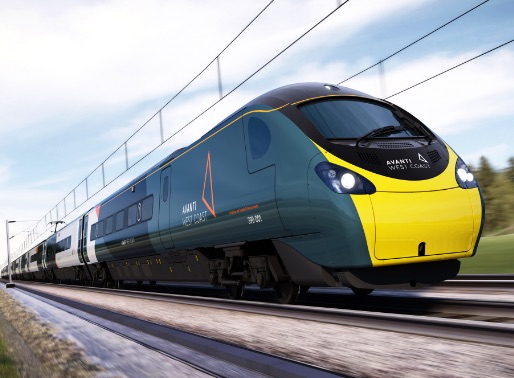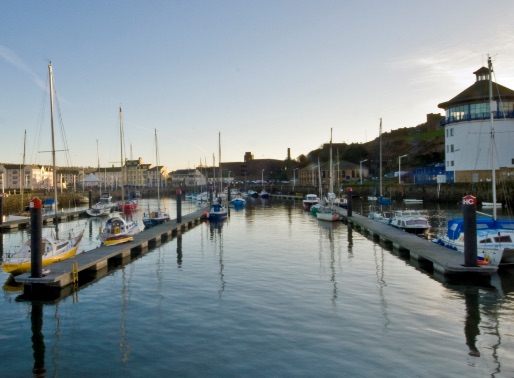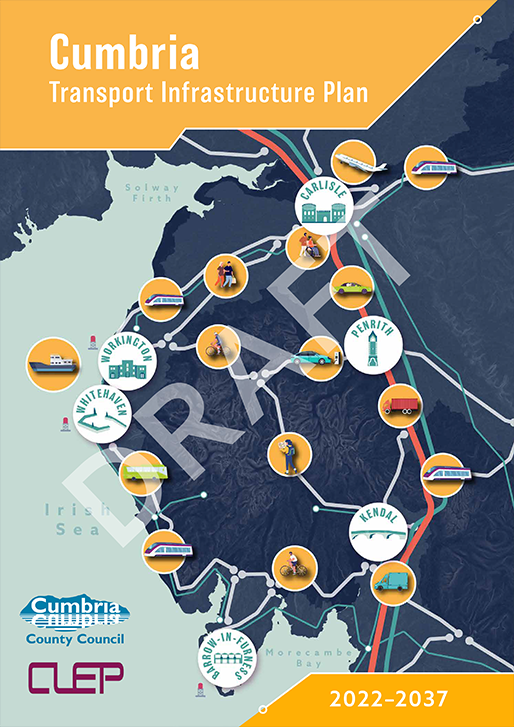Investing in road, rail & transport
Invest in road, rail and sustainable travel to facilitate growth, productivity and inclusion.
An effective transport infrastructure is key to moving people and goods around and through the county, and Cumbria benefits from strong North South connectivity via the M6 and West Coast Mainline – the busiest mixed-traffic railway in Europe, as well as a major Trans-Europe Network (TENS) route linking Scotland and London via the North West of England and West Midlands.

However, East West connections need further development. Over recent years there has been significant progress in infrastructure improvements, with commitments in place to do far more.
Key strategic objectives for CLEP’s Transport & Infrastructure Strategy Group:
- Secure new investment in road infrastructure to support new and existing business and investment opportunities.
- Secure improved services and new investment in rail to support current and future investment, but to also increase our access to UK markets and to promote greater connectivity within Cumbria.
- Secure the walking, cycling, local highway and public transport improvement that help people better access jobs, training, services and visitor destinations.
- A number of road and rail improvements are underway, committed or in the pipeline.
Roads – Contracted
- South Ulverston Infrastructure – £4.1million upgrade investment.
- Kendal Transport Infrastructure – £2.3million investment.
- Devolved Majors – £7.6million of Local Transport Authority schemes.
- Port of Workington – £2million investment in road infrastructure.
- Carlisle Southern Link Road – Housing Infrastructure Fund monies for this route which will open up access to develop 10,000 homes at St Cuthbert's Garden Village.
- A595 Grizebeck Improvements – investment to remove bottleneck.

Roads - Future Priorities
- A66 Northern TransPennine.
- Kendal Northern Access Route – Large Local Majors Scheme, TfN.
- A590 Furness Peninsula – identifying opportunities to fund.
- Carlisle Southern Link Road - Department for Levelling Up, Housing and Communities funded The Carlisle Southern Link Road will connect Junction 42 of the M6 with the A595 to the west.
Rail
- Cumbrian Coast Line – Energy Coast Rail Upgrade
- OBC submitted, Network North, funded priority next objective: securing funding for the delivery of the upgrade.
- Lakes Line
- New rolling stock
- SOBC submitted, next objective securing funding for next stage - Two or more trains per hour with direct connections.
- Furness Line
- New rolling stock, improved service
Transport Decarbonisation
Cumbria LEP has supported Cumbria County Council to develop the Cumbria Transport and Infrastructure Plan (CTIP), which sets out the policy framework for transport and connectivity in supporting both sustainable and inclusive growth in Cumbria for the period 2022–2037. It is therefore the prime document to deliver transport decarbonisation.
The CTIP sets out a vision for improving transport and infrastructure in Cumbria that provides for the needs of residents, businesses and visitors as well as respecting our special environment. It also aims to support recovery from the COVID-19 pandemic and seeks to respond to the challenges of climate change.
These two key challenges are creating a major transformation in the way that we live and work now, which will have significant implications for years to come.
The development and delivery of accessible, sustainable, and connected transport networks is necessary to support communities and economic growth. This needs all modes of transport to be effectively integrated, in a manner that respects our world-class environment.

The CTIP therefore has three key objectives:
- Clean and Healthy Cumbria – promoting active travel and digital infrastructure as enablers of inclusive economic growth and supporting the health and wellbeing of communities and the decarbonisation of transport networks.
- Connected Cumbria – promoting improved transport networks across and into Cumbria to connect places and support economic growth and opportunities for businesses and communities.
- Community Cumbria – promoting integrated approaches to transport, that is affordable, safe and meets the access and mobility needs of all; which supports opportunity and renewal within towns and communities across Cumbria with better transport used to improve social inclusion.
The CTIP is dependent on effective partnership working across all sectors, including Government and its agencies, with its implementation reliant on securing funding from a range of sources. The scope of the document is deliberately broad, in order to maximise the availability of sources of funding.
The intention is that the CTIP will be subject to review within 5 years of its adoption as it is recognised that technological advancement, transport policy and availability of Government funding will evolve during that period.

CASE STUDY: Maryport and Workington Station Hubs
West Cumbria is the focus for potentially significant future development, which will generate demand for the movement of people and goods along the ‘Energy Coast’. It was identified that congestion on main road routes in West Cumbria represented a barrier to this potential growth. This £4.8 million Local Growth Fund scheme delivered improvements to the accessibility of the Cumbria Coastal Rail Line at Maryport and Workington stations, aimed at relieving that congestion.
Improved infrastructure was delivered, comprising a total of 221 car parking spaces across the two sites, new access arrangements, enlarged pick up and drop off facilities, designated blue badge parking, new and improved pedestrian and cycle links, covered cycle parking, enhanced public realm and a new multi-use games area.
The overall improvements were designed to increase the use of sustainable travel in the area and unlock employment sites along the coast to key employers. In addition to the infrastructure benefits identified, increased use of sustainable travel through the railway itself, as well as the ease of access by sustainable modes, will contribute to the low carbon agenda.
The Community Rail Partnership (CRP) noted that at Maryport, the Hub enabled the CRP to refurbish the platform and station grounds, as well as a community project to give the station a Roman themed identity. Both Hubs are considered to have transformed the visual ‘Gateway’ to the towns they serve.

